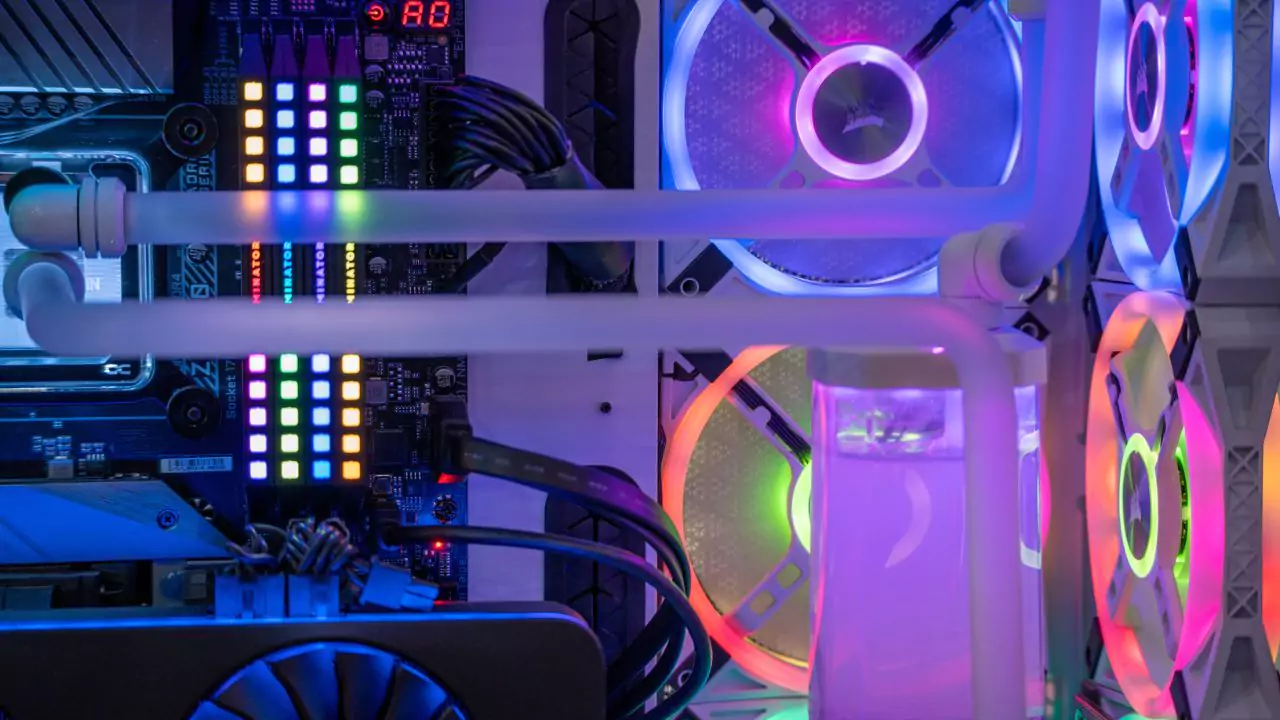Yes, overclocking your GPU can damage it if you’re not careful. Overclocking is a way to make your graphics card work harder and faster, which is great for playing games and doing other graphic-heavy tasks. But pushing your GPU too far can cause problems, from crashes and glitches to serious hardware damage.
What is GPU Overclocking?
Definition and Purpose
GPU overclocking is the act of modifying the settings of your graphics card to make it run faster than its default speed. This can be done by using software tools that allow you to adjust the core clock and memory clock of your GPU, as well as the voltage and power limit. The purpose of GPU overclocking is to improve the performance of your GPU in demanding tasks, such as gaming, video editing, rendering, etc. By overclocking your GPU, you can achieve higher frame rates, better resolution, and more graphical details in your games and applications.
Benefits and Drawbacks
The main benefit of GPU overclocking is that it can boost your gaming experience and performance without having to buy a new or more expensive graphics card. Overclocking can also increase the value and longevity of your GPU, as it can keep up with newer and more demanding games. However, overclocking also has some drawbacks, such as:
- It can increase the temperature and power consumption of your GPU, which can lead to overheating, instability, and crashes.
- It can reduce the lifespan and reliability of your GPU, as it can cause more wear and tear on the components and circuits.
- It can corrupt the data and files on your system, as it can cause errors and glitches in the graphics output and memory.
- It can void the warranty of your GPU, as most manufacturers do not support or allow overclocking.
How to Overclock Your Graphics Card Safely?
Overclocking your graphics card (GPU) can be a tempting way to squeeze out some extra performance, but it’s important to proceed with caution as it can also be risky if done incorrectly. Here’s a basic overview of how to potentially overclock your GPU safely:
Before You Begin:
- Understand the risks: Overclocking can generate more heat, stress your components, and potentially shorten the lifespan of your GPU. Only proceed if you’re comfortable with these risks and understand the potential consequences.
- Research your specific GPU: Different models and brands overclock differently. Look for specific guides and recommendations for your exact GPU model to ensure you’re adjusting the correct settings within safe limits.
General Steps:
- Download and install GPU overclocking software: Popular options include MSI Afterburner, EVGA Precision X1, or ASUS GPU Tweak II. These programs allow you to adjust various settings related to your GPU’s performance.
- Monitor your system: Use software like HWMonitor to monitor your GPU’s temperature, fan speed, and clock speed while overclocking. This will help you identify any potential issues like overheating.
- Start small: Begin by increasing the clock speed in small increments (e.g., 10-20 MHz) and run stability tests after each adjustment. Use benchmarks like 3DMark or Unigine Valley to test for stability and performance gains.
- Increase gradually: If the system remains stable, you can slowly increase the clock speed further, following the same testing process after each increment.
- Monitor temperatures: Keep an eye on your GPU’s temperature throughout the process. If it reaches or exceeds safe limits (typically around 80-90°C), stop overclocking and reduce the settings.
- Don’t touch voltage: Unless you’re an experienced user, it’s generally recommended to avoid adjusting voltage settings as it can significantly increase risks.
Important Points:
- Not all GPUs overclock well: Some GPUs have limited overclocking headroom, and pushing them too far can lead to instability or damage.
- Overclocking results may vary: The performance gains you achieve will vary depending on your specific GPU and cooling system.
- Stop if you see issues: If you encounter crashes, visual artifacts, or excessive heat, stop overclocking and reduce the settings to a stable level.
Remember, overclocking is not for everyone, and it’s always best to prioritize the safety and longevity of your hardware. If you’re unsure about any steps or feel uncomfortable proceeding, it’s advisable to leave your GPU at its stock settings.
Potential Risks and Damage from Overclocking
- Overheating: This is the most immediate danger. If your GPU gets too hot, it can crash your system, or worse, suffer permanent hardware damage.
- Reduced Lifespan: Even if you don’t immediately fry your GPU, overclocking makes it wear out faster than it would at normal speeds.
- Data Corruption: Pushing your GPU beyond its limits can lead to errors, glitches, or even corrupt files in your games and other programs.
- Warranty Considerations: Overclocking may void your graphics card’s warranty, so you will have to pay for repairs if something goes wrong.







